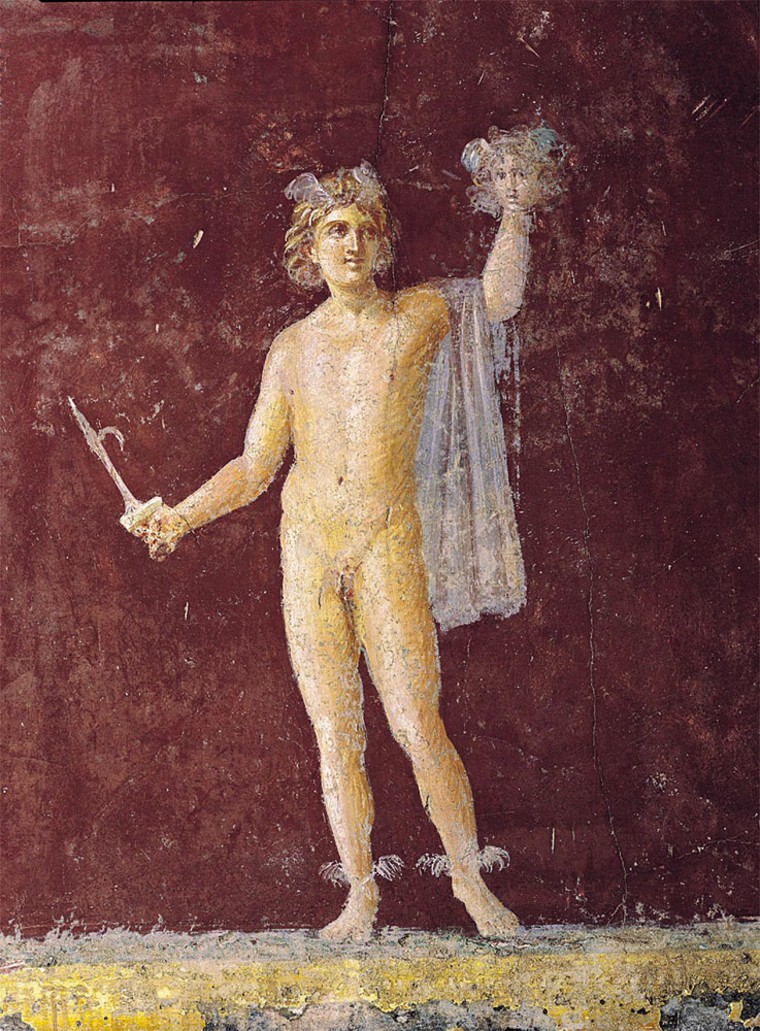It was an idyllic life for the Roman rich and famous, who basked in the sun in villas overlooking the sea until a volcanic eruption in A.D. 79 buried their homes in ash. Four of those grand villas are recalled, and partly resurrected, at a new Smithsonian exhibit.
“In Stabiano” opens Tuesday at the National Museum of Natural History, inviting visitors to peer into the daily life of the Roman wealthy.
Not as well-known as nearby Pompeii, Stabiae was destroyed by the same mighty eruption of Vesuvius.
But the deluge of dry ash that ruined the town also helped preserve it so millions of museum visitors can have the opportunity to see bright frescoes, cooking utensils and other objects of daily life.
Home, sweet Roman home
Several frescoes adorn the show. These paintings on plaster were popular in Roman homes of the first century.
“They created a new type of life, villa life,” explained curator Thomas Howe. “They united luxury and art more or less for the first time.”
Before, Roman-era art had served primarily for religious purposes, he explained, but the paintings on home walls added decoration to the lives of the well-to-do. In one area are three brightly painted walls of a dining room, while other more subdued frescoes reflect life in more private areas of the homes.
Three walls from Villa Carmiano and form a “triclinium,” a three-couch dining room. The couches were arranged in a U-shape and could accommodate as many as nine diners, who would recline, lean on their left elbow and eat from small tables placed before them. The order of the guests was carefully chosen in these situations.
In addition to Villa Carmiano, the show features frescoes and items from Villa San Marco, Villa del Pastore and Villa Arianna.
“Art assisted in the life that went on in the villas,” Howe said.
Ancient 'trickle-down' effect
The site of Stabiae is being developed as an architectural park in Italy, also including some nearby homes of the upper middle class. In those homes one can see a “trickle-down” effect, Howe said, with the middle class trying to imitate the rich — though their artwork is simpler and would have been less costly to produce.
The goal of the exhibition, which runs through Oct. 24, is to introduce the rich cultural heritage of the southern Italy to Americas, said Marco Di Lello, cultural counselor of the Campania region.
In addition to the show at the Museum of Natural History, the Smithsonian Castle across the mall is showcasing a selection of porcelains from the Correale Museum at Sorrento, Italy, also through Oct. 24.
